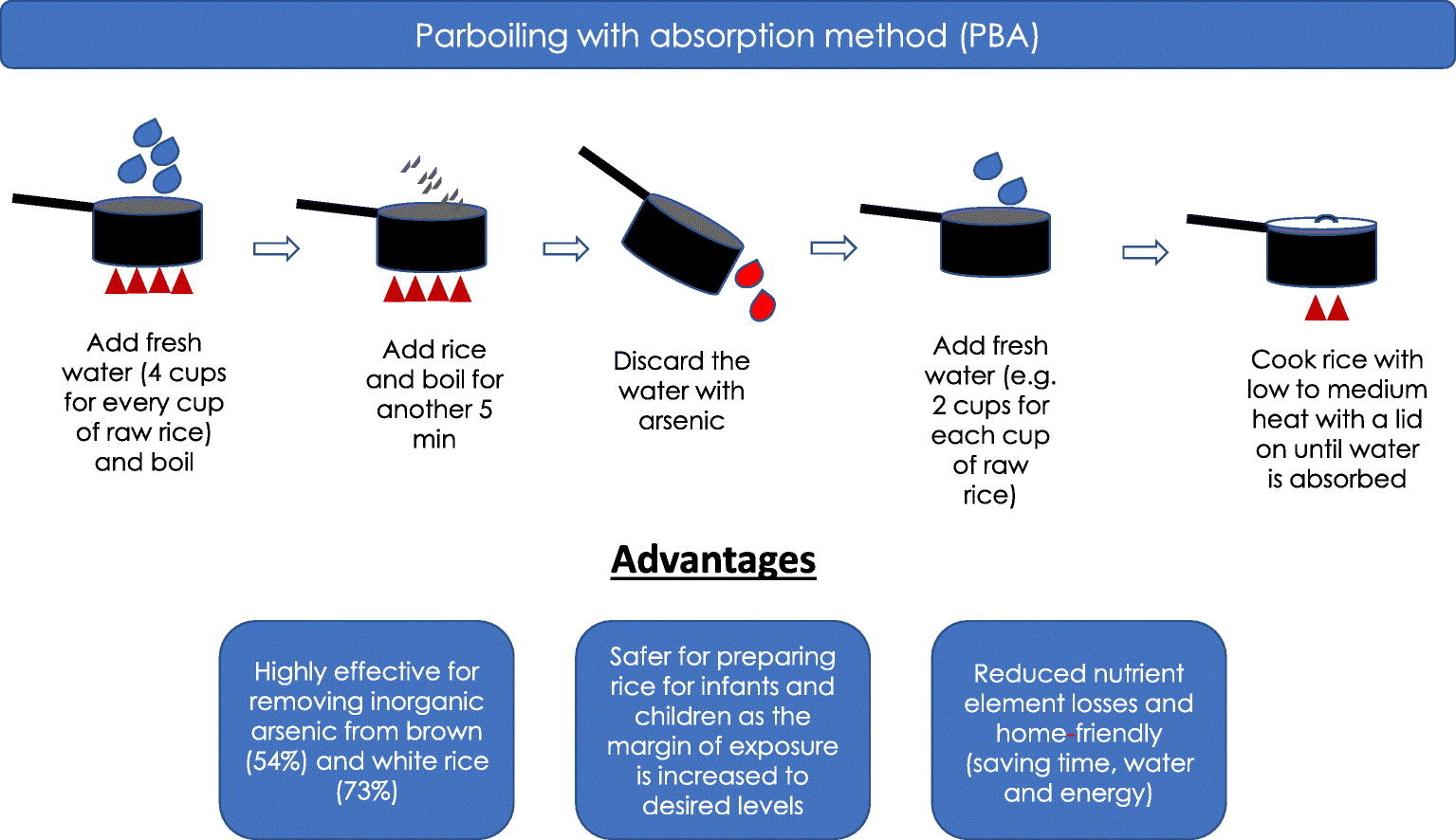You Should Know
YSK - for all the things that can make your life easier!
The rules for posting and commenting, besides the rules defined here for lemmy.world, are as follows:
Rules (interactive)
Rule 1- All posts must begin with YSK.
All posts must begin with YSK. If you're a Mastodon user, then include YSK after @youshouldknow. This is a community to share tips and tricks that will help you improve your life.
Rule 2- Your post body text must include the reason "Why" YSK:
**In your post's text body, you must include the reason "Why" YSK: It’s helpful for readability, and informs readers about the importance of the content. **
Rule 3- Do not seek mental, medical and professional help here.
Do not seek mental, medical and professional help here. Breaking this rule will not get you or your post removed, but it will put you at risk, and possibly in danger.
Rule 4- No self promotion or upvote-farming of any kind.
That's it.
Rule 5- No baiting or sealioning or promoting an agenda.
Posts and comments which, instead of being of an innocuous nature, are specifically intended (based on reports and in the opinion of our crack moderation team) to bait users into ideological wars on charged political topics will be removed and the authors warned - or banned - depending on severity.
Rule 6- Regarding non-YSK posts.
Provided it is about the community itself, you may post non-YSK posts using the [META] tag on your post title.
Rule 7- You can't harass or disturb other members.
If you harass or discriminate against any individual member, you will be removed.
If you are a member, sympathizer or a resemblant of a movement that is known to largely hate, mock, discriminate against, and/or want to take lives of a group of people and you were provably vocal about your hate, then you will be banned on sight.
For further explanation, clarification and feedback about this rule, you may follow this link.
Rule 8- All comments should try to stay relevant to their parent content.
Rule 9- Reposts from other platforms are not allowed.
Let everyone have their own content.
Rule 10- The majority of bots aren't allowed to participate here.
Unless included in our Whitelist for Bots, your bot will not be allowed to participate in this community. To have your bot whitelisted, please contact the moderators for a short review.
Partnered Communities:
You can view our partnered communities list by following this link. To partner with our community and be included, you are free to message the moderators or comment on a pinned post.
Community Moderation
For inquiry on becoming a moderator of this community, you may comment on the pinned post of the time, or simply shoot a message to the current moderators.
Credits
Our icon(masterpiece) was made by @clen15!
view the rest of the comments

Wow, lot to unpack here.
"Ain't nobody got time for that."
How much arsenic are we talking about here?
"Saving time, water, and energy" is apparently short for boil water, stand around, drain, re-boil more water using more energy, and finish cooking rice. Where is all this time saving happening?
"The margin of exposure [to arsenic] is increased to desired levels". Hmmm I guess if you really think about it that is a true statement, but one heck of a roundabout way to say it.
The article explains the infographic and adds a lot more context.
The amount of arsenic depends on location - if you’re in a region that has standards on arsenic levels, like the EU, UK, or the US, then you’re probably fine, but the levels may be higher than what’s considered safe for children. This method would allow you to reduce the levels by around 50%, and since the levels for children are a bit under half of what’s acceptable for adults, that’s likely to make it safe for them.
The time savings are relative to other methods for reducing arsenic content, like cooking it with excess water (like a 12:1 ratio) and then discarding the excess, as this method allows you to use a rice cooker for the remaining time and to cook with a much smaller water:rice ratio, even accounting for the discarded water.
Yeah, took me a while to get through that paper. Pretty detailed, but a little red flag kept waving when all the results are percentages. I finally got down to the meat of the science and was pretty confused on actual levels. I still don't have a good grasp of exactly how much iAs they measured, as the findings are adjusted for relative exposure by body weight. I suppose that's the point of the paper, but would have been nice to have some relatable baseline to put things in perspective.
There is also a pretty large margin of error as a exposure 2.75x greater than used to calculate the results was within the same exposure limits linked to the 0.1% risk. That's easy to add to their charts. Would have been nice.
Haha guess so. Misleading graphic taken out of context. That makes more sense. I never tried the excessive water method. It sounded interesting, but I refer to my point #1 above.
You were being generous going past (1.) I rather just die or stop reading rice